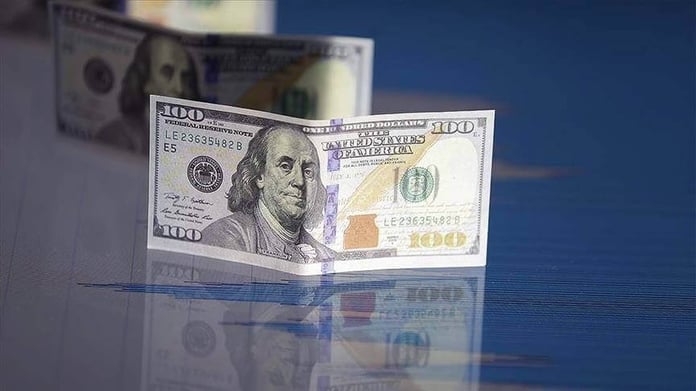
The country is experiencing an unprecedented economic crisis, exacerbated by the health crisis
Public debt did not exceed 43% of GDP in 2009, to rise to 90% in 2020
Tunisia is experiencing an unprecedented economic crisis, exacerbated by the repercussions of the Corona pandemic, the political instability that the country is going through, and the continuation of the exceptional measures approved by President Kais Saied on last July 25.
This crisis has begun to become more acute, with the emergence of the latest figures on the country’s owed domestic debt, and it has reached critical levels approaching 90 percent of GDP at the end of 2020.
According to the 2021 Finance Law, Tunisia’s public debt was only 43 percent of GDP in 2009, to rise to 90 percent in 2020.
The Public Debt Bulletin issued by the Ministry of Finance last June showed that the public debt in that month amounted to 99.29 billion dinars ($35.58 billion).
This figure is divided between 62.01 billion dinars ($22.2 billion) of external debt owed by the country, and 37.28 billion dinars ($13.36 billion) internal debt.
These numbers, if they continue to escalate for the coming period, will put Tunisia in a dangerous position in relation to the classification of its debts by international credit rating institutions, which means that it is difficult to obtain new financing, and the country is considered as having “high risks.”
** difficult numbers
It is expected that the public debt for the whole of this year will reach 109.23 billion dinars (39.18 billion dollars), of which 74.21 billion dinars (26.5 billion dollars) is external debt.
The value of the public debt amounted to 93.04 billion dinars ($33.34 billion) by the end of last year, of which 61.29 billion dinars ($21.9 billion) was external debt.
According to the Ministry of Finance document, the public debt in 2019 amounted to 83.33 billion dinars ($29.8 billion), of which 58.60 billion dinars ($21 billion) is external debt.
** Reasons for height
The rise in the indebtedness ratio is due to several factors, the most important of which is the budget deficit ratio, and the important impact of the development of the exchange rate.
In a report on public debt issued by the Ministry of Finance in December 2020, the impact of the exchange rate on the volume of public debt amounted to 4.38 percent of GDP in 2016.
While the size of the impact amounted to 5.55 percent in 2017, rising to 8.99 percent in 2018, and declining to (-3.95 percent) in 2019 and 0.84 percent in 2020.
Despite this critical situation at the level of public debt, Tunisia needs in 2021 to mobilize resources for the state budget by borrowing 19.6 billion dinars ($7.02 billion).
The assumed mobilization amount is divided between 16.6 billion dinars (5.94 billion dollars) in the form of external borrowing, and 2.9 billion dinars (1.03 billion dollars) as internal borrowing.
** Future predictions
A report by the “statista” institution that tracks public financial data for countries in the world indicates that if Tunisia remains in a state of deficit in its budget, and confusion in exchange rates, the debt ratios will reach in 2022, about 46 billion dollars.
While in 2023, the total public debt will reach $51.68 billion, then $57.6 billion by 2024, rising to $63.8 billion in 2025.
Tunisia has been witnessing a severe political crisis, since Said decided on July 25 to freeze the competencies of the Assembly of the Representatives of the People (Parliament) and lift the immunity of its deputies, in addition to dismissing the prime minister, provided that he himself assumes the executive authority, with the help of a government whose president is appointed.













